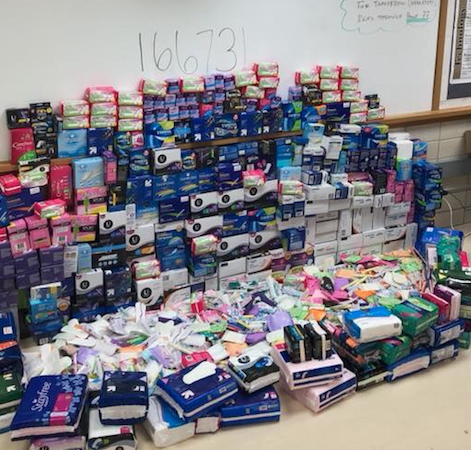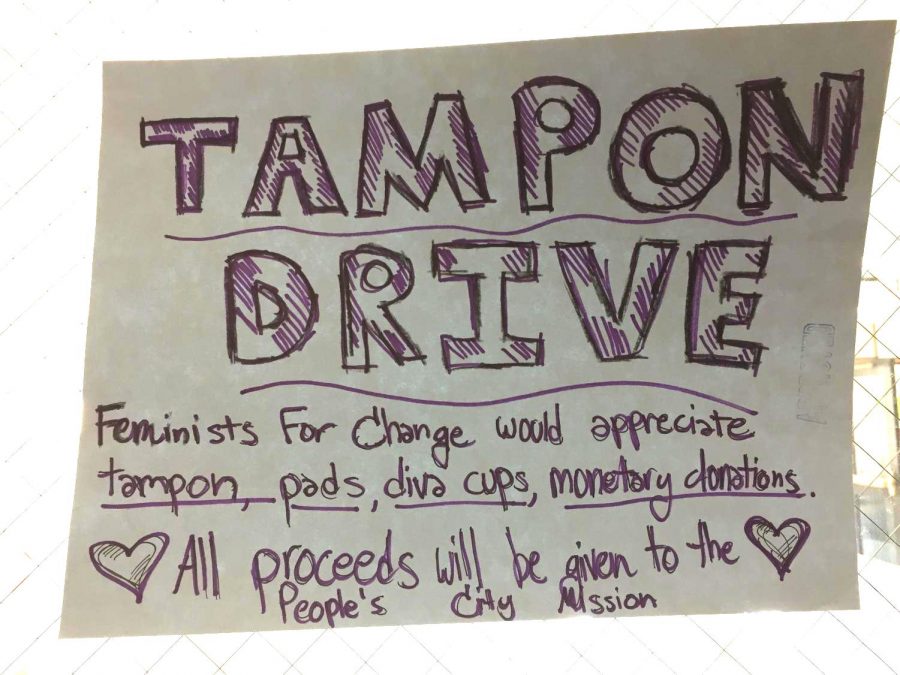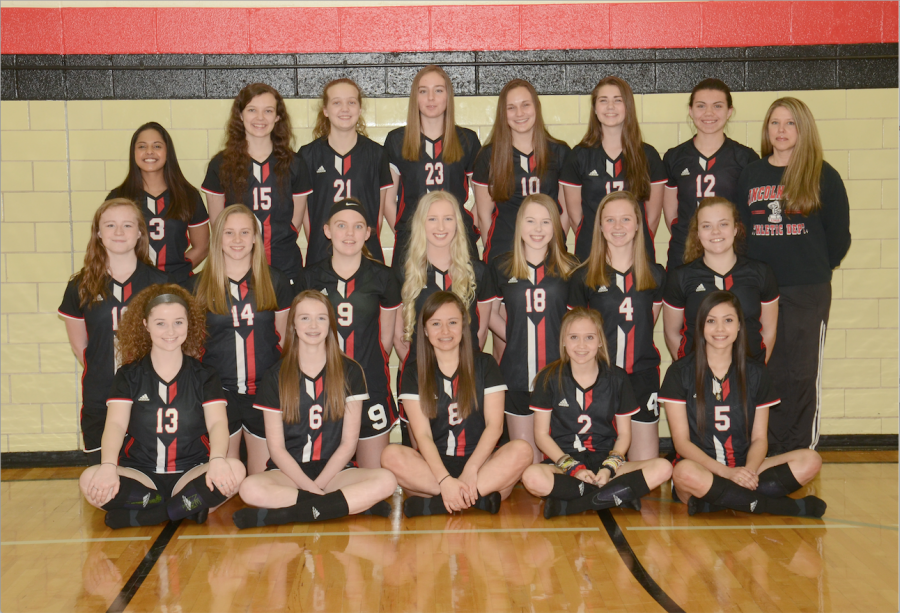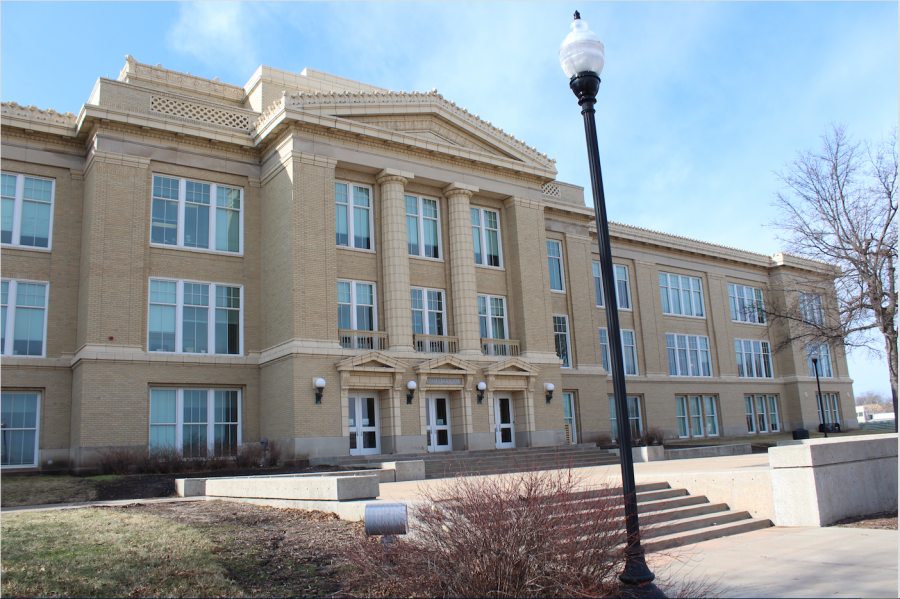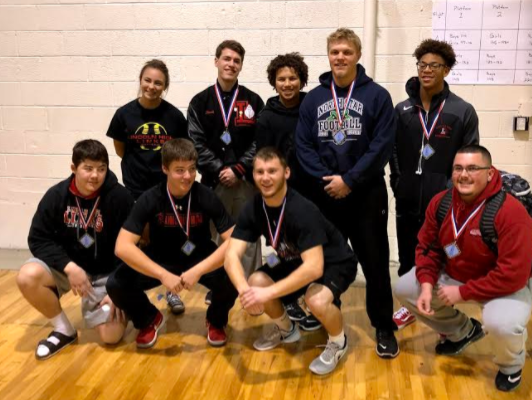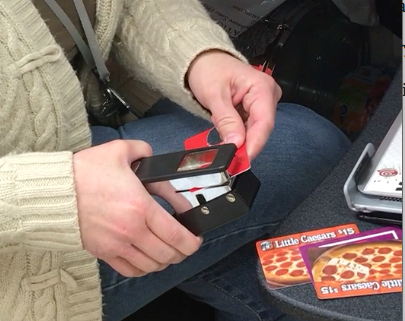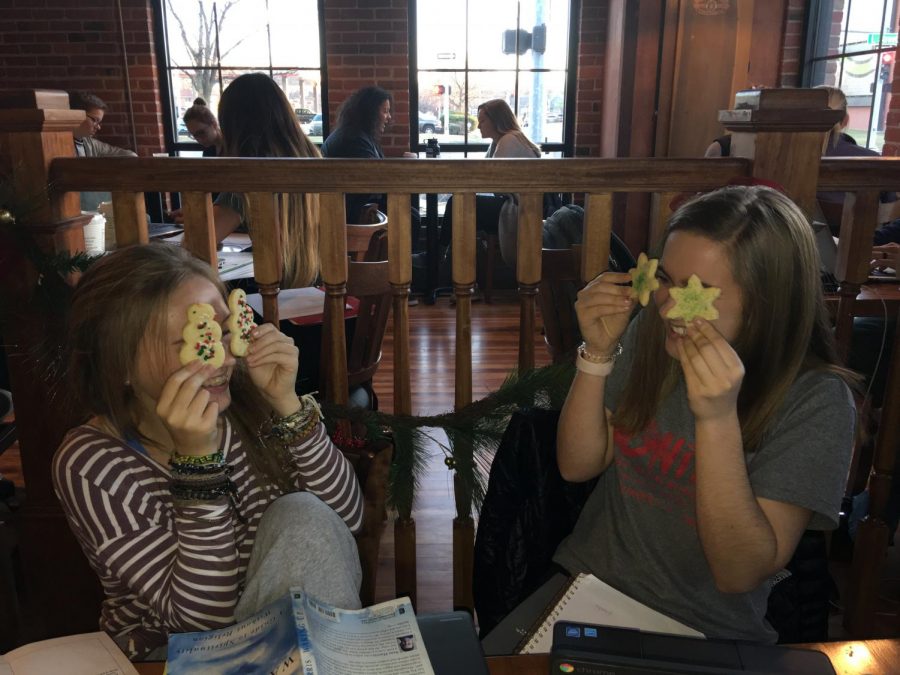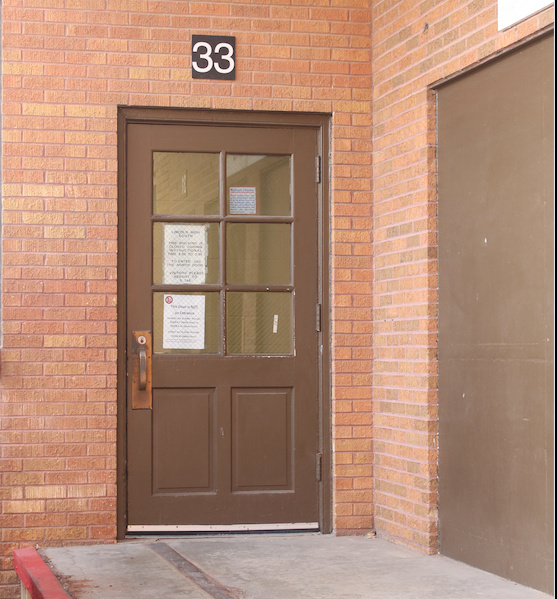By Grace Miller – NEWS
Sometimes the lunchroom can feel very stressful – there are tons of people all trying to get food. It’s loud, and teachers are trying to regain control. Everyone in the lunch line seems to be in a hurry, so you grab the first thing you see when you walk in. Pizza. Aren’t lunch rooms supposed to be filled with healthy, wholesome options for kids to choose? In 2010, Michelle Obama helped to initiate the Healthy, Hungry-Free Kids Act. This act made it so children coming from low income families had access to healthy foods in school. Our former first lady worked hard for this act to be passed, but we are still serving pizza from Pizza Hut in our lunchroom.
According to the United States Department of Agriculture, The National School Lunch Program is a program that is federally funded and was put in place to make sure that all kids were getting proper nutrition from their school lunches. This program was put in place by President Harry Truman in 1946 when he signed the Richard B. Russell National School Lunch Act whice turned into the National School Lunch Program (NSLP). Each school that is a part of the NSLP is eligible to receive cash in exchange for every lunch they sell that meets the nutrition standards of the program. This program allows schools to get 46% reimbursement for every free or reduced lunch they sell. The NSLP is federally funded which means that no tax dollars pay for the “22 million dollar restaurant” that are the LPS lunchrooms. If we do not follow the regulations that the USDA has set in place, all the funding will end, the meal prices will skyrocket, and free or reduced lunches for kids will end.
The Nutrition Services Program at the District Office has to make sure that the food being served in the cafeteria is between 750 and 850 calories.
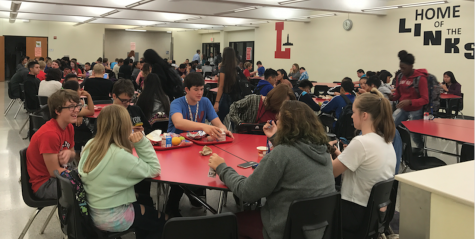
Photo by Maicee Ingwerson
So, if Lincoln High and all LPS schools are getting paid by a nationally funded program, why are we allowed to serve pizza and other items that seem unhealthy in our lunchroom? All LPS schools follow the same regulations, but there is more than meets the eye when it comes to planning the lunches. Edith Zumwalt, the head of the Nutrition Services program at the LPS District Office talked a lot about how long it took to plan the lunch menu.
“The lunch menu for next year is already decided,” Zumwalt said. It takes a lot of time and money to make sure that there is enough food for students to eat everyday. There are many regulations that Zumwalt has to follow that are put in place by the United States Department of Agriculture, filtered down through the Healthy, Hunger-Free Kids Act, and stated in the National School Lunch Program.
“The Hungry Free kids Act of 2010 requires that if you are a school meals program getting federal reimbursement that you have to follow all the regulations,” Zumwalt said. The biggest obstacle is the sodium levels that are required. The amount of sodium that can be in each item is very low and that makes the food that is served in the lunchroom very different than food you can get at home or at restaurants.
So going back to pizza, all of the pizza is from Pizza Hut, but it is not the kind that you can buy in the store. The crust of the pizza is whole wheat, and the toppings have to meet a trans fat and saturated fat requirement. Some people might wonder why the cafeterias in LPS are allowed to serve cookies and ice cream as well. The cookies are whole grain and the ice cream meets all of the regulations that the LPSDO has to follow in the lunchroom. Some of the regulations include; 0 trans fat, 200 mg of sodium in snacks or sides, 480 mg in entrees, and the first ingredients have to be whole grain, fruit, vegetable, dairy, or meat in order to be served in the cafeteria.
To address the issues of food waste that happens everyday in the cafeteria, Zumwalt tries to change up some of the options in the lunchroom. She listens to the students to make sure that the food that is being served to them is what they want instead of things they don’t want to eat. A study done by The University of Vermont found that, on average, 56 percent more food was wasted after the Healthy, Hunger-Free Kids Act was passed. Many kids are taking the required fruits and vegetables and then throwing them directly into the trash can instead of eating them. At Lincoln High, you can see many people throwing away the vegetables they have to get in the line for their food to qualify as a “lunch.”
”I’ve tried casseroles and kids don’t eat them,” Zumwalt said. “Unbreaded items or things that kids are not used to seeing they don’t eat them. They go in the garbage.”
Some of the food that is getting served in the cafeteria is locally grown or produced. The milk that is served in the cafeteria is from Land O Lakes and 80% of their dairy cows are from Nebraska. They buy the majority of their fruit and vegetables from a local produce vender, Greenburg’s Fruit Company, especially during the summer months. Greenburg’s is in Omaha and they buy all of their food from local farmers. The chicken that is served comes from Tyson or Smart Chicken, which is in Nebraska. Many restaurants use Tyson chicken products. Smart Chicken is moving away from antibiotics. All of the bread and cinnamon rolls are hand made in the cafeteria every time they are served.
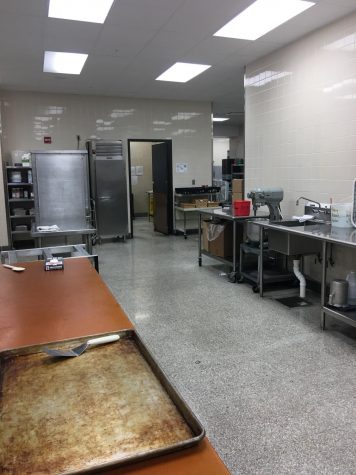
Photo by Grace Miller.
The making of school lunches is more time consuming than meets the eye. It takes the District over a year to plan out all of the food that is going to be served and to plan out the purchasing of the food. Every single school day the lunch staff here at Lincoln High makes over 1,000 lunches to serve to students and teachers. Every item served in the lunchroom follows the regulations put in place by the United States Department of Agriculture.
“I challenge you to go eat anywhere for $2.60,” Zumwalt said. The lunchrooms around LPS are all healthy, inexpensive and accessible to students.


